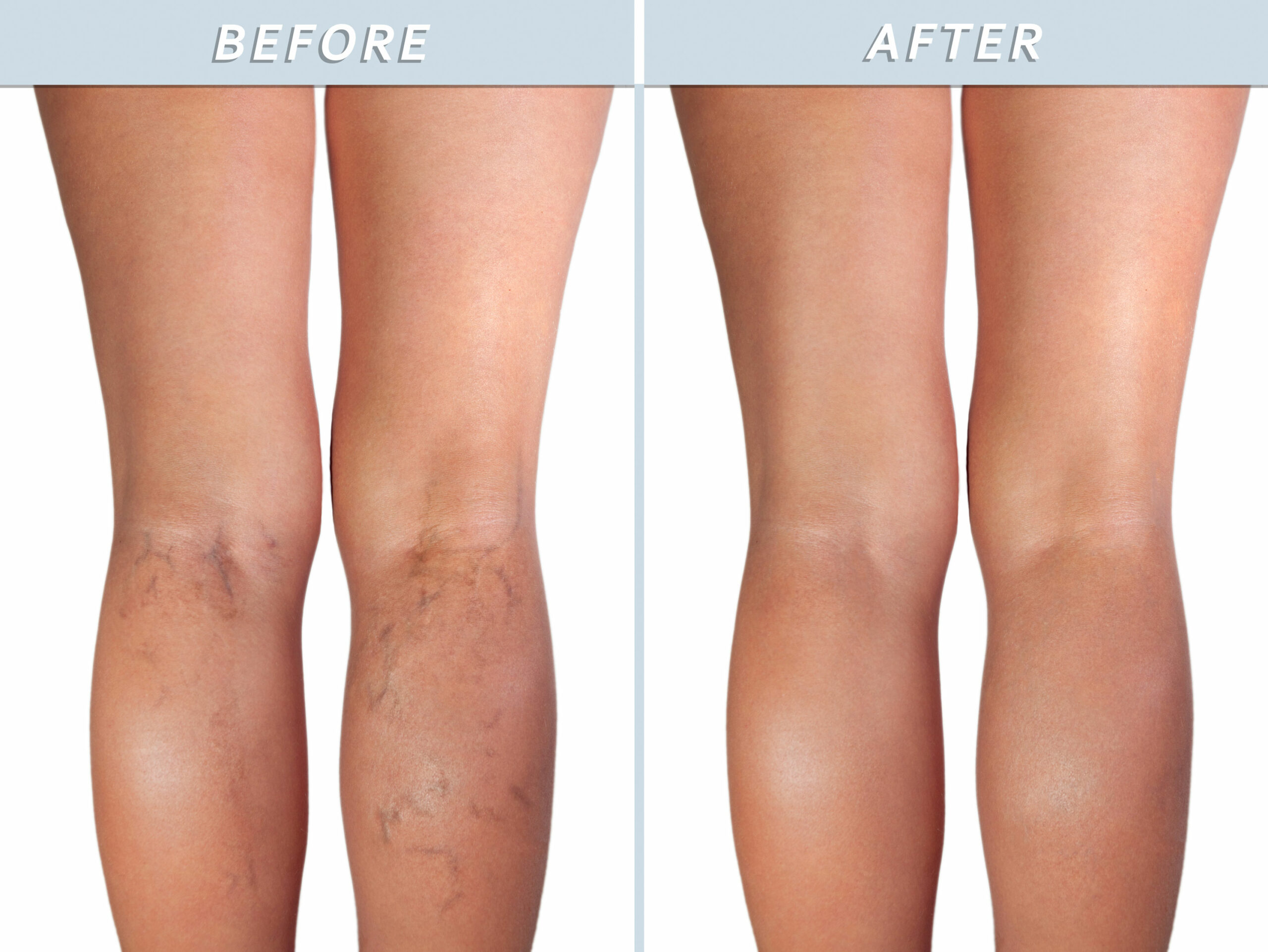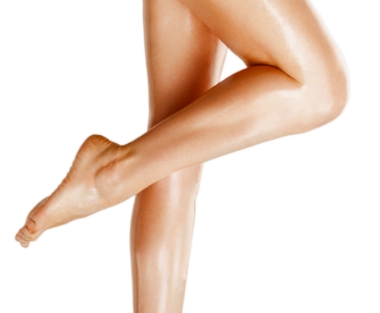IS SPIDER VEIN TREATMENT COVERED BY INSURANCE?
Spider Vein Removal

It is common for patients to have both medical and cosmetic vein disease. The difference is that most insurance plans cover treatment of varicose and spider veins only if it is deemed “medically necessary.” Which means you will have to make an appointment with a vein specialist and be properly evaluated by one.
Table of Contents
Spider Vein Removal
1. Is Spider Vein Removal Covered By Insurance?
Most insurance companies have a policy to only cover medical expenses that are deemed ‘medically necessary’. Spider vein treatment is generally considered a cosmetic treatment and not medically necessary, which would mean that most insurance will not cover spider vein treatment. However, it is best to discuss with the doctor’s office to determine whether your insurance does cover the treatment.
2. How Much Does It Cost To Remove Spider Veins
Varicose vein treatments are covered by most insurance companies, as long as they are deemed ‘medically necessary’. For this, some insurance companies may require a referral to cover treatment so they can verify that it is medically necessary. Even then, it is possible for the front office staff at the vein center to obtain a referral on your behalf. Speak to the vein center about this when you book your appointment. They can then gain an understanding of your insurance coverage and maybe even obtain a referral for you without you having to go through the hassle of visiting your primary care physician.
The cost of varicose vein treatment depends on the severity of varicose veins, the type of treatment you require, and the state you live in. If you have medical insurance, they usually cover the cost for an initial consultation and your medical procedures if the procedures are deemed to be ‘medically necessary’.
If you are paying out of pocket, sclerotherapy generally costs around $350 to $500 per session. You may require multiple sessions, depending on the extent of your varicose veins. You can get a more precise estimate of the number of sessions you would require and the overall cost after your doctor reviews your case in the first consultation.
More advanced procedures can cost more, such as Varithena (which costs around $2000 to $3000) and radiofrequency ablation (around $3000 to $5000). Again, a more precise estimate can only be made after an evaluation of the extent of your disease.
3. How Much Does It Cost To Treat Veins?
The cost to treat vein diseases depends upon your condition, the degree of severity, and the treatment options you choose. Spider veins are usually removed through sclerotherapy or laser treatment. On average, sclerotherapy treatment costs around $410 while laser treatment costs around $310. This does not cover other related expenses such as medical service charge, anaesthesia, or your vein specialist’s fee. You need to consult with the vein doctor’s office to determine the final fee.
For varicose veins, depending upon the procedure, costs can range from $350 per session to $5000. The exact costs depend upon the extent of your condition and the type of procedure you and your vein doctor decide to do.
For more severe vein diseases such as chronic venous insufficiency, insurance may be necessary. Your insurance will usually cover this cost as medical insurances cover for treatments that are medically necessary.
4. How Do You Get Rid Of Spider Veins?
There are two frequently used methods of treating spider veins: sclerotherapy and endovenous laser treatment. In sclerotherapy, the doctor injects a chemical solution on the spider veins that scars and closes off the veins. The veins then are eventually reabsorbed by the body. Depending on the extent of spider veins, multiple sessions may be needed, but sclerotherapy is generally very effective.
Endovenous laser treatment uses the same principle as sclerotherapy, except it uses heat through laser to scar and close off veins. This procedure is generally less effective than sclerotherapy, especially on larger veins. After spider vein treatment procedures, the spider veins take a few weeks to fade away.
5. How Can You Avoid Spider Veins?
The strategies you use to avoid spider veins depend upon what causes spider veins for you. This can be due to various controllable and uncontrollable factors. Uncontrollable factors can include:
- Family history, or genetic predisposition towards having spider veins
- Pregnancy; pregnant women are likely to develop spider veins
- Gender; women are more likely to develop spider veins than men
Controllable factors include:
- Poor diet
- Lack of exercise
- Smoking and drinking alcohol
- Excessive weight gain
Spider veins can be avoided by keeping an eye on the controllable factors. Eating healthy, fibrous food and avoiding refined sugars, alcohol, and cigarettes can help prevent spider veins. The same is true for regular exercise and losing excess weight through proper diet and exercise. You must also take care not to spend too long standing or sitting down. Making these lifestyle changes is good not only for preventing spider veins, but also for your overall general health.
6. Do Spider Veins Go Away With Exercise?
Running and exercise can improve blood circulation and reduce the risk of developing more spider veins, but does not get rid of existing spider veins. Obesity, prolonged standing or sitting, and lack of exercise can all cause spider veins, as all of these worsen blood circulation and increase pressure on the veins in your legs. This pressure can in turn damage your veins and cause spider and varicose veins to develop. Exercising is therefore a good preventative measure for spider and varicose veins, but it cannot cure spider or varicose veins that are already there.
However, exercising cannot change genetic predisposition to spider veins, so if spider veins run in your family, exercising will not prevent them from developing. It can reduce the likelihood of spider and varicose veins developing even if you do have a family history; so there is no harm in exercising regularly. Regular exercise is good for you not only to prevent spider and varicose veins, but also for your general health and well-being.
Vein Treatment Options
Spider and varicose veins can be treated by a vein doctor or vein specialist at a vein treatment center near you. The most effective treatment will be determined by your vein specialist upon thorough evaluation and diagnostic of your case.
Make sure you find a state of the art vein center that offers non-surgical treatments for vein disease. Thanks to modern medicine advances, a worthwhile vein center will offer an array of treatments that won’t disrupt your daily activities, and can have you back on your feet right after.
Insurance Coverage
Most Vein Treatments are covered by all major medical insurances, including Medicare. You can verify your insurance coverage today in three easy steps here. Make sure you have your insurance card with you!
Related Articles
Find the Best Vein Specialists Near You
Best Vein Treatment Specialists in Alabama
Best Vein Treatment Specialists in Alaska
Best Vein Treatment Specialists in Arkansas
Best Vein Treatment Specialists in Arizona
Best Vein Treatment Specialists in California
Best Vein Treatment Specialists in Colorado
Best Vein Treatment Specialists in Connecticut
Best Vein Treatment Specialists in Delaware
Best Vein Treatment Specialists in Florida
Best Vein Treatment Specialists in Georgia
Best Vein Treatment Specialists in Hawaii
Best Vein Treatment Specialists in Idaho
Best Vein Treatment Specialists in Illinois
Best Vein Treatment Specialists in Indiana
Best Vein Treatment Specialists in Iowa
Best Vein Treatment Specialists in Kansas
Best Vein Treatment Specialists in Kentucky
Best Vein Treatment Specialists in Louisiana
Best Vein Treatment Specialists in Maine
Best Vein Treatment Specialists in Maryland
Best Vein Treatment Specialists in Massachusetts
Best Vein Treatment Specialists in Michigan
Best Vein Treatment Specialists in Minnesota
Best Vein Treatment Specialists in Mississippi
Best Vein Treatment Specialists in Missouri
Best Vein Treatment Specialists in Montana
Best Vein Treatment Specialists in Nebraska
Best Vein Treatment Specialists in New Hampshire
Best Vein Treatment Specialists in New Mexico
Best Vein Treatment Specialists in Nevada
Best Vein Treatment Specialists in New Jersey
Best Vein Treatment Specialists in New York
Best Vein Treatment Specialists in North Carolina
Best Vein Treatment Specialists in North Dakota
Best Vein Treatment Specialists in Ohio
Best Vein Treatment Specialists in Oklahoma
Best Vein Treatment Specialists in Oregon
Best Vein Treatment Specialists in Pennsylvania
Best Vein Treatment Specialists in Rhode Island
Best Vein Treatment Specialists in South Carolina
Best Vein Treatment Specialists in South Dakota
Best Vein Treatment Specialists in Tennessee
Best Vein Treatment Specialists in Texas
Best Vein Treatment Specialists in Utah
Best Vein Treatment Specialists in Vermont
Best Vein Treatment Specialists in Virginia
Best Vein Treatment Specialists in Washington
Best Vein Treatment Specialists in West Virginia
Best Vein Treatment Specialists in Wisconsin
Best Vein Treatment Specialists in Wyoming
Get the Best Vein Treatment
from Top-Rated Vein Specialists





